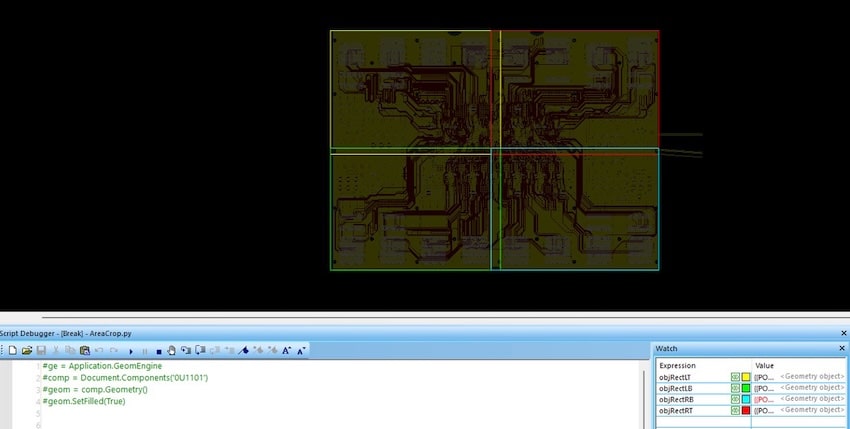You are currently viewing SemiWiki as a guest which gives you limited access to the site. To view blog comments and experience other SemiWiki features you must be a registered member. Registration is fast, simple, and absolutely free so please,
join our community today!
I was at Mentor’s u2u (user group) meeting and one of the keynotes was by Ivo Bolsens of Xilinx. The other was by Wally Rhines and is summarized here.
Ivo started off talking analogizing SoCs as the sports-cars of the industry (fast but expensive), and FPGAs as the station wagons (not cool). In fact he even said that when Xilinx… Read More
I was at Wally’s u2u (Mentor user group) keynote yesterday. The other keynote was by Ivo Bolsens of Xilinx and is here. He started off by looking at how the semiconductor industry has recovered and silicon area shipments are now back on trend after a pronounced drop in 2009 and revenue has followed. Finally the semiconductor… Read More
Have you ever had the experience where you look up some unusual word in the dictionary since you don’t remember seeing it before. And then, in the next few weeks you keep coming across it. Twice in the last week I have been in presentations about the economics of putting die onto silicon interposers and the possibility of a new… Read More
Power has become the strongest driver of semiconductor design today, more important than area, more important than timing. Whether the device is handheld, like a wireless phone, or tethered, like a router, complex power and energy requirements must be met. Shrinking geometries continue to impose new challenges as power management… Read More
Introduction
Here in the Silicon Forest (Oregon) we have a venture-backed, fabless analog semi company called Avnera that has designed over 10 Analog System on Chips (ASoC). Their chips are used in consumer products for both wireless audio and video applications.
James Rollins is the director of physical design at Avnera… Read More
Introduction
Circuit designers work at the transistor level and strive to get the ultimate in performance, layout density or low power by creating crafty circuit topologies in both schematics and layout. Along with this quest comes the daunting task of verifying that all of your rules and best practices about reliability have… Read More
One of the most demanding areas of layout design has always been memories. Whereas digital design often uses somewhat simplified design rules, memories have to be designed pushing every rule to the limit. Obviously even a tiny improvement in the size of a bit cell multiplies up into significant area savings when there are billions… Read More
Is Intel in trouble? Since it is the #1 semiconductor company and, shipping 22nm in Q4 this year with 14nm in 2013, it is two process generations ahead of everyone else it is hard to see why it would be. Intel, of course, continues to dominate the market for chips for notebooks, desktops and servers. But therein lies the problem. Pads… Read More
Virtual platforms have been an area that has some powerful value propositions for both architectural analysis and for software development. But the fundamental weakness has been the modeling problem. People want fast and accurate models but this turns out to be a choice.
The first issue is that there is an unavoidable tradeoff… Read More
The IBM X-ForceTrend and Risk Report reveals how 2010 was a pivotal year for internet security as networks faced increasingly sophisticated attacks from malicious sources around the world. The X-Force reportedly monitors 13 billion real-time security events every day (150,000 events per second) and has seen an increase in … Read More
















If you believe in Hobbits you can believe in Rapidus